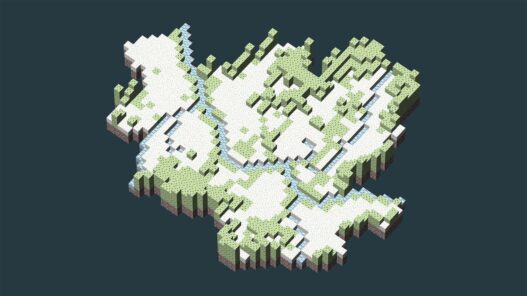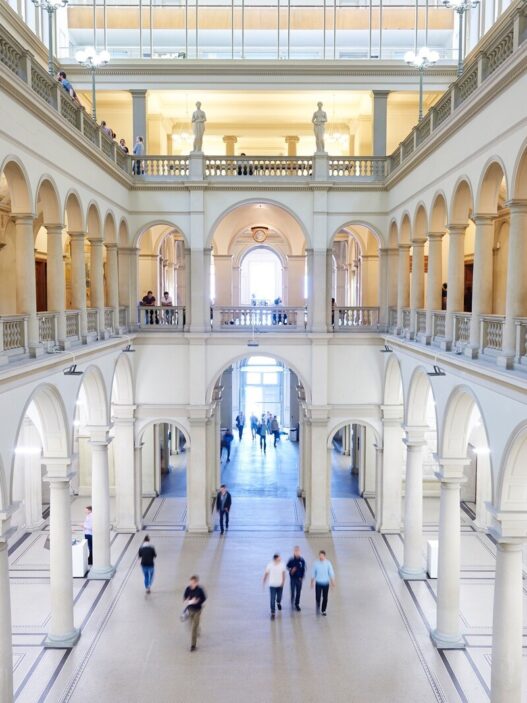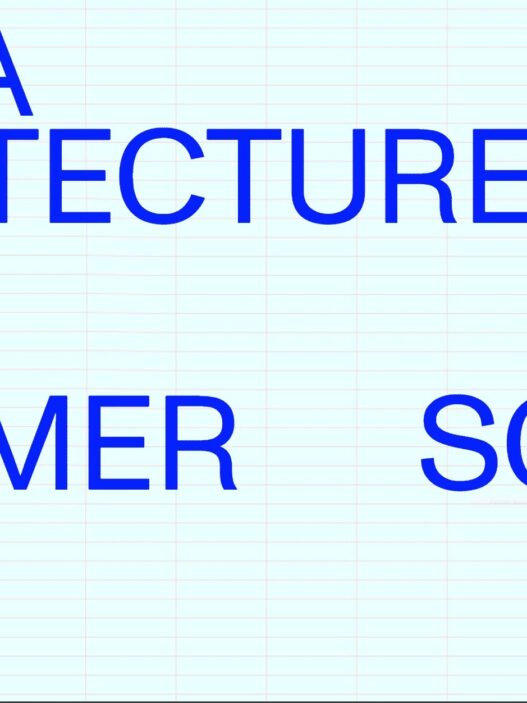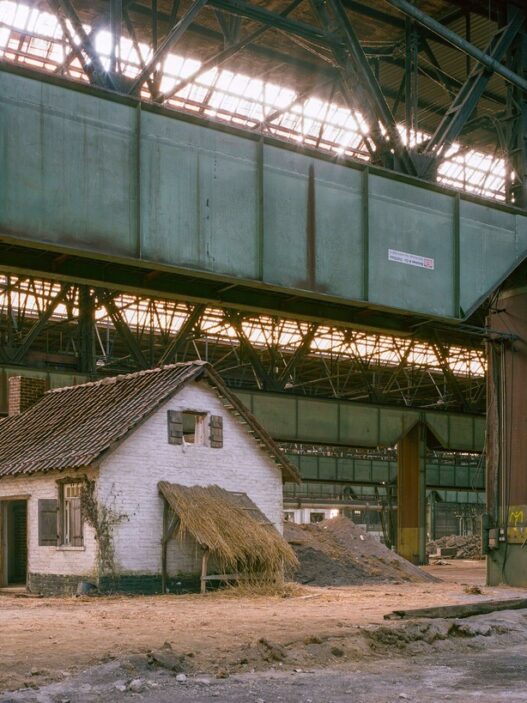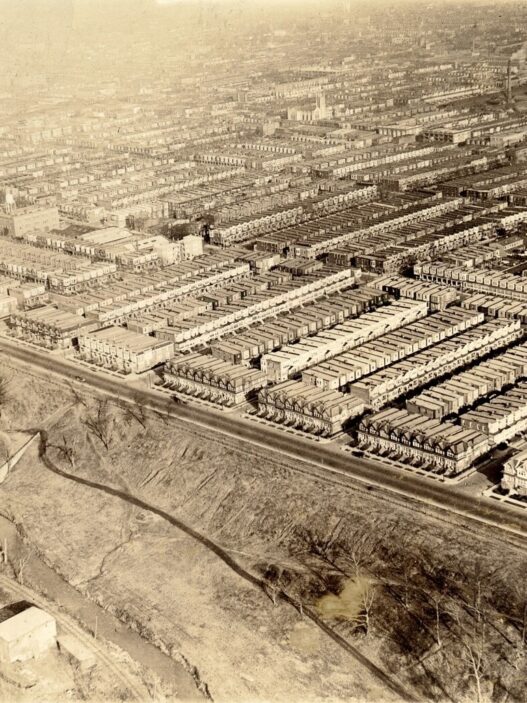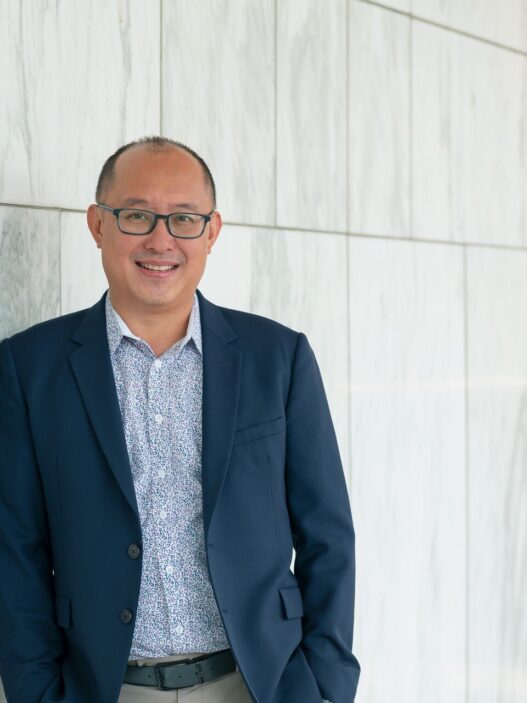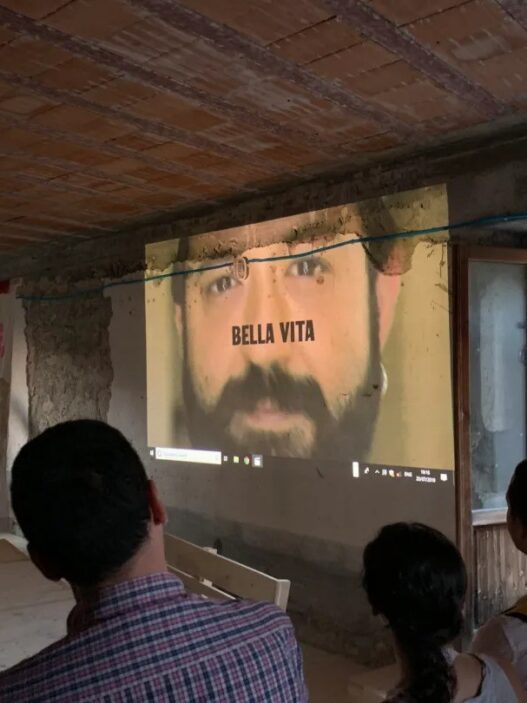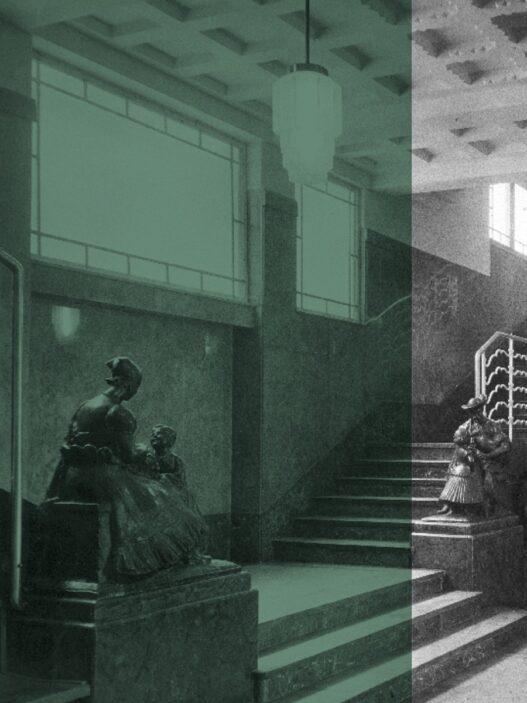July 18–September 15, 2022
The road back to the Land Architecture
The definition of “excellent architecture” I’m not able to give you a straightforward response, but I can think of certain requirements for a suitable place to live in initially. The most crucial elements in a place to live for a long time are these fundamental requirements rather than outward beauty or passing trends. A house that is well-suited to the convenience of the people living there and that harmonizes well with the surrounding environment is the most important thing in a place to live for a long time. The criteria are usually strict when looking at a home where we will spend a lot of time. As a result, it’s crucial to carefully assess the state of the city in which we reside because it’s an essential part of our living environment.
Seoul, which is home to 10 million people, might be considered the largest house. Seoul is our home and needs “excellent architecture” the most because most Koreans have lived here for many generations and will do so for a very long time. It is insufficient to just transform a city’s scenery into something attractive or to construct magnificent structures. Because of this, “urban architecture” is a job that is not exclusive to the government and architects. We should all consider effective urban design that melds with our daily lives in our metropolis and complements Seoul’s distinctive natural setting.
Seoul 100 years later, drawing the Land Architecture
It is similar to building the future of a home where we should dwell for a very long time to consider the future and the direction of urban architecture. Such various plans come and go during the significant international event known as the Seoul Biennale of Architecture and Urbanism. The 4th Seoul Biennale of Architecture and Urbanism’s theme, “Land Architecture, Land Urbanism: City of Mountain Ranges, Waterways, and Wind Breezes, Drawing of the Seoul’s Next 100 Years,” is significant because it offers a thorough master plan from an environmentally conscious, long-term viewpoint. The event will take place in 2023.
The general director of the Seoul Biennale of Architecture and Urbanism 2023 will be eco-friendly architect Byoung Soo Cho, who will be joined by five accomplished curators (Chun, Eui Young, Sara Kim, Leif Hgfeldt Hansen, Jinyoung Lim, and Sang Hoon Youm). Several exhibitions, seminars, discussions, and citizen engagement programs capturing the topic from a broader perspective will be presented at the Biennale event located at the Songhyeon-dong location, which retains the original scenery of Seoul, and surrounds the Seoul Hall of Urbanism and Architecture.
It is crucial that the master plan for this Biennale not be given by professionals but rather offer a space for discussion and collective imagination among the people who own the city. Therefore, a competition and pre-biennale where residents can completely discuss topics and aspirations will be held first in 2022 before the biennale in the second half of 2023. It is a process of gradually putting together Seoul, an eco-friendly, high-density metropolis and a city of land where we may live together for a very long time, from the ground up, just as the biennale’s theme, “Drawing of the Seoul’s Next 100 years.”
Seoul master plan drawn by citizens
There will be a number of exhibitions that go deeper into the topic at the Seoul Biennale of Architecture and Urbanism 2023, including the Seoul 100-year Masterplan Exhibition, Global Studios Exhibition, On-site Project Exhibition, and Guest Cities Exhibition. The Seoul 100-year Masterplan Exhibition in particular is even more significant since it serves as a venue to display the concepts developed by residents as a result of this year’s competition. We can first consider the necessity for a new master plan for Seoul.
From the late 1950s, Seoul experienced tremendous urban expansion following the Korean War. Due to uncontrolled construction for housing supply and road expansion based on automobiles, nature was quickly destroyed, and it is challenging to discover architecture and ways of life that harmony with nature in Seoul. The city’s skyscrapers, which were built quickly for economic efficiency, failed to capture Seoul’s distinctive topographical features, which could be considered its basis. We also missed Seoul’s mountains, rivers, and winds, as well as the advantages of the surrounding natural beauty.
After all, neither the city’s residents nor the environment have benefited from the city’s growth during the previous 50 years. Building an urban development project with short-term goals in mind—such as improving the exterior, attracting more tourists, or serving a certain group—has the same effect as constructing a castle on shifting sand. This issue was intended to be addressed, and a big picture from the fundamental master plan for a high-density, environmentally friendly metropolis to the Seoul 100-year urban plan was intended to be drawn.
The competition’s subject for this year is “Linking Seoul 100-Year Master Plan with Green Network,” and it will run from July through September. It is open to anyone who wants to think about Seoul’s future, regardless of nationality or age, including architects, designers, urban planners, researchers, writers, artists, critics, and students. You are allowed to make suggestions for the development of the high-density, environmentally friendly city while taking into account Seoul’s distinctive terrain, including its mountains, rivers, and winds. There are seven competition sites in total. In 2023, the chosen pieces will be shown at the Seoul Biennale of Architecture and Urbanism after being developed with input from the general director, curators, and specialists.
Of course, long-term city planning is not always straightforward. This is due to the large number of variables and interests to take into account. But precisely identifying current issues and establishing a turning point are crucial for a sustainable city. We may gather useful information that can be used to Seoul as well as cities with traits comparable to Seoul if we do it step by step and begin with the largest urban areas. The competition’s ultimate significance can be discovered in that it creates a space where everyone can come together and consider Seoul’s future.
Toward the Land Architecture, Land Urbanism
The house can be deemed to have been exceptionally well designed from the ground up if you still think it is a well-built house after living there for a long period. In 1390, Hanyang (now Seoul) was an eco-friendly city built in accordance with the movement of the mountains, river, and wind. The city was like a well-built, thoughtfully-planned home where people and environment coexisted in harmony. To revisit essential concepts, we are now returning to the Land Architecture and Land Urbanism of that era.
We are daydreaming about a new Seoul in the future, a home where we may live together for a very long time, ahead of the Biennale. I’m daydreaming about Seoul once more, where I can imagine that it will be a wonderful place to live no matter how long I live and where nature and city dwellers may coexist in harmony. I hope we can reunite in the city of land in 2023, using the 4th Seoul Biennale of Architecture and Urbanism as a stepping stone.
To find the full competition brief and register, please visit the competition website.
Competition
Seoul 100-year Masterplan Exhibition Idea Competition for the Seoul Biennale of Architecture and Urbanism 2023
Theme
Linking Seoul 100-year master plan with Green Network
Focal point
–Open competition for ideas
–Free submission of creative / imaginative ideas
Timetable
–Open competition period: July 18–September 15, 2022 (60 days)
–Submission period: August 26–September 15, 2022 (deadline: 4pm)
–Screening period: September 26–30, 2022
–Announcement of screening result: October 14, 2022
Timetable is based on Korean Standard Time. Details of timetable are subject to change, depending on circumstances.
How to submit
–Online submission through the competition website after Subscripting as a member
–As for a team participant, the team leader shall submit an explanatory note on its work submitted









